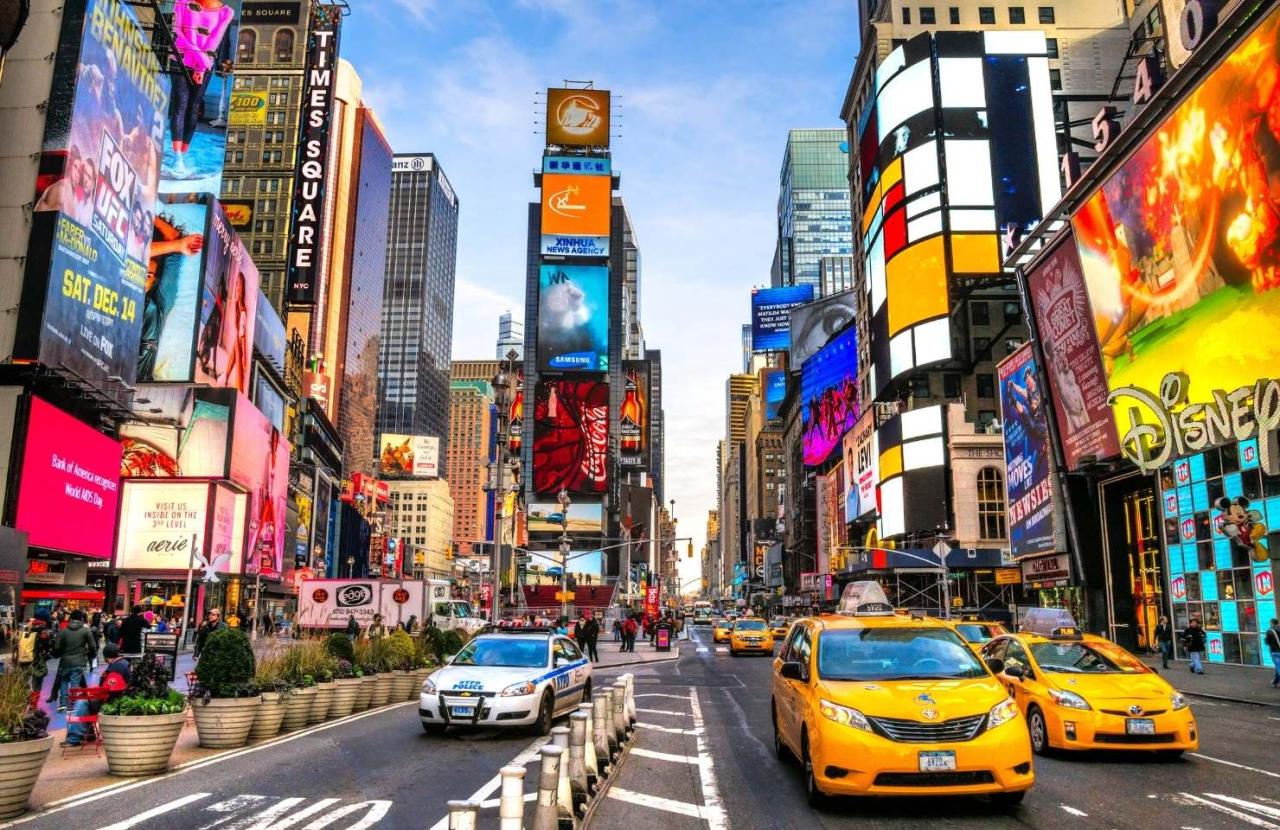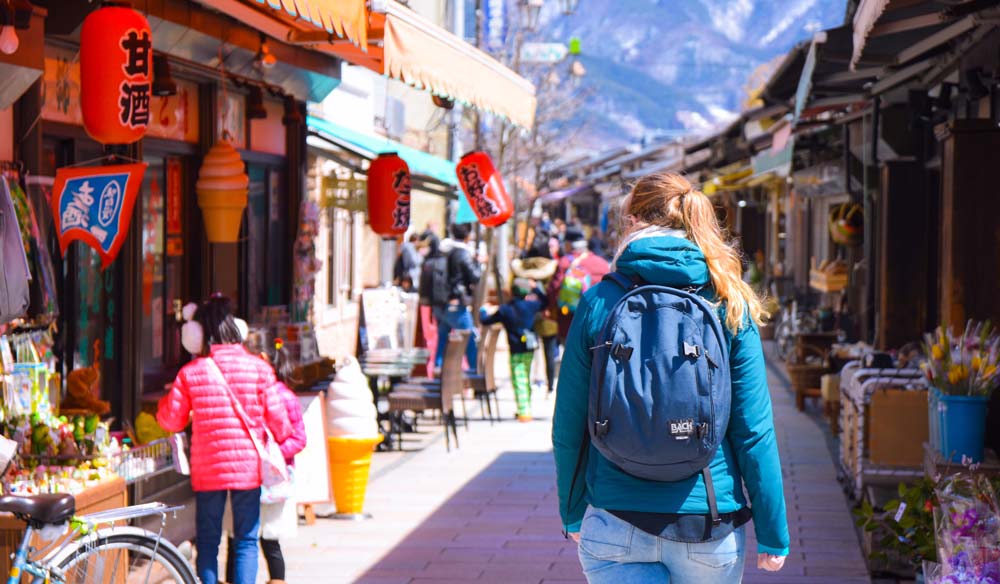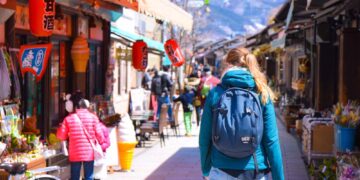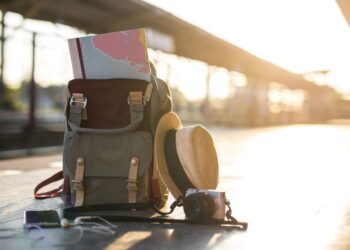Cities are vibrant, complex ecosystems, often perceived through their iconic landmarks and bustling main streets. Yet, to truly understand the Urban Pulse, one must venture beyond the well-trodden tourist paths and delve into the hidden layers, the local rhythms, and the untold stories that make each metropolis unique. This extensive article will guide you through the art of uncovering city secrets, transforming your urban explorations from superficial visits into profound, authentic, and deeply enriching experiences. We’ll explore strategies for mindful engagement, cultural immersion, and discovering the soul of a city that lies just beneath its glittering surface.
The Irresistible Charm of the Urban Tapestry

Cities are more than just concrete jungles; they are living, breathing entities, constantly evolving and offering a unique blend of human ingenuity and vibrant energy. What makes us so drawn to their complexity?
A. Cultural Melting Pots: Cities are dynamic hubs where diverse cultures converge, creating a rich mosaic of traditions, languages, cuisines, and artistic expressions. Exploring a city is akin to traveling the world in miniature, offering endless opportunities for cultural exchange and learning.
B. Centers of Innovation and Creativity: From groundbreaking architecture to avant-garde art, bustling startup scenes, and revolutionary culinary trends, cities are incubators of innovation. They inspire creativity and push the boundaries of human achievement, constantly offering something new to discover.
C. Human Stories in Every Corner: Every street, building, and park bench in a city holds countless human stories—of triumph, struggle, love, and everyday life. Uncovering these narratives connects us to the shared human experience and provides a deeper understanding of urban existence.
D. Sensory Overload (in a Good Way): Cities engage all our senses simultaneously. The cacophony of street sounds, the aroma of diverse foods, the vibrant visual spectacle of architecture and street art, and the palpable energy of millions of lives intertwining create an immersive and exhilarating experience that is unique to urban environments.
E. Accessibility and Convenience: Compared to remote wilderness areas, cities often offer unparalleled convenience in terms of transportation, accommodation, dining, and access to a wide array of activities and services. This makes them ideal for various types of explorers.
Diverse Pathways to the Urban Soul
To truly feel the urban pulse, you must look beyond the postcard views. “Uncovering city secrets” means engaging with the city’s hidden layers, often found in unexpected places and through unconventional approaches.
A. Neighborhood Deep Dives: Beyond the Downtown Core:
1. Local Enclaves: Venture into residential neighborhoods or districts known for specific cultural communities, artisan workshops, or unique local businesses. These areas often retain an authentic character untouched by mass tourism.
2. Street Art and Graffiti Tours: Discover hidden alleys and walls transformed into open-air galleries, revealing the city’s artistic subcultures and often reflecting its social commentary. These can be self-guided or with local experts.
3. Community Gardens and Parks: Seek out smaller, local green spaces that serve as community hubs, offering a glimpse into local life and providing peaceful retreats from the city’s hustle.
B. Culinary Explorations: Tasting the True City Flavor:
1. Street Food Safaris: Dive into the city’s street food scene, often found in specific markets or food truck parks. This is a delicious and affordable way to experience local flavors and interact with vendors.
2. Hidden Local Eateries: Ask locals for their favorite unassuming restaurants, cafes, or hole-in-the-wall diners that serve authentic, delicious, and often cheaper fare away from tourist prices.
3. Food Markets (Non-Tourist): Explore wholesale or neighborhood food markets where locals shop. This offers a vibrant sensory experience and insight into daily life, often with opportunities to sample fresh produce or prepared foods.
C. Historical and Architectural Echoes: Peeling Back Layers of Time:
1. Forgotten Alleyways and Courtyards: Wander off main streets into narrow passages and hidden courtyards that reveal forgotten architectural details, old signs, or remnants of past eras.
2. Adaptive Reuse Buildings: Discover old factories, churches, or public buildings that have been repurposed into art galleries, independent shops, or unique living spaces, telling a story of urban evolution.
3. Cemeteries and Memorials: Often overlooked, historical cemeteries can be open-air museums, filled with beautiful statuary, fascinating epitaphs, and stories of the city’s past inhabitants.
D. Subcultural and Niche Explorations: The City’s Underground Vibrations:
1. Independent Bookstores and Cafes: Seek out quirky, independent shops and cafes that serve as gathering places for artists, writers, and various subcultures, offering a glimpse into the city’s intellectual and creative veins.
2. Live Music Venues (Local Focus): Discover smaller bars, clubs, or community centers that feature local bands, open mic nights, or specific music genres popular with residents, far from mainstream concert halls.
3. Artisan Workshops and Studios: Find hidden studios where local craftspeople work, offering unique insights into traditional or contemporary crafts and opportunities to purchase authentic handmade goods.
E. Transportation as Exploration: The Journey is the Destination:
1. Local Public Transit: Use buses, trams, or subway lines as a means of discovery. Ride a line to its end, observing the changing neighborhoods and the daily commute of residents.
2. Walking and Cycling Tours (Self-Guided): Create your own themed walking or cycling routes to explore specific interests (e.g., historical architecture, famous movie locations, literary landmarks), allowing for a more intimate pace of discovery.
3. Ferry/Riverboat Rides (Local): If the city has waterways, take local ferries or riverboats used by commuters. These often offer unique perspectives of the skyline and waterfront, different from tourist cruises.
The Urban Explorer’s Toolkit

Uncovering a city’s hidden wonders isn’t just about luck; it’s a cultivated skill that combines proactive research, keen observation, and an open, adventurous mindset.
A. Cultivate a “Local First” Mindset:
1. Ask for Recommendations: Engage with local shopkeepers, baristas, taxi drivers, or even people on the street. Ask them where they like to eat, relax, or what they find most interesting about their city.
2. Observe Local Behavior: Pay attention to where locals gather, what they do for recreation, and how they interact with their environment. Often, the best experiences are found by simply observing and imitating.
3. Use Local Resources: Consult local newspapers, community event listings, or niche online blogs (often written by residents) for events, exhibitions, or spots that wouldn’t make international guidebooks.
B. Embrace Walking and Getting “Lost”:
1. Wander Aimlessly: Set aside time to simply wander without a fixed destination. Turn down intriguing side streets, follow interesting sounds, or explore a new block. Many hidden gems are stumbled upon.
2. Use Offline Maps: Download maps for offline use, so you can confidently explore without relying on constant data connectivity, reducing digital distraction.
3. Look Up, Look Down, Look Closer: Many secrets are in plain sight, on building facades, intricate ironwork, hidden plaques, or even unique pavement patterns.
C. Engage Your Senses Mindfully:
1. Listen: Pay attention to the symphony of city sounds – distinct accents, street performers, the hum of specific industries.
2. Smell: Notice the aromas from bakeries, spice shops, street food stalls, or even the distinct smell of rain on city asphalt.
3. Observe Details: Look for unique architectural details, quirky shop displays, vibrant street art, or the small interactions between locals.
D. Utilize Niche Digital Tools and Forums:
1. Specialized Apps: Look for apps designed for urban exploration, historical walks, or local event listings specific to the city.
2. Reddit/Local Forums: Check relevant subreddits or online forums where locals discuss their city’s hidden spots, events, or lesser-known history.
3. Geocaching/Urban Scavenger Hunts: Engage in these activities to discover hidden spots and solve clues that reveal urban secrets.
E. Time Your Exploration Wisely:
1. Early Mornings: Explore popular areas before the crowds arrive. This allows for a peaceful, often magical, experience of the city waking up.
2. Late Evenings: Experience the city lights, the evening rituals of locals, and the atmosphere of different neighborhoods after dark (while being mindful of safety).
3. Mid-Week vs. Weekend: Weekdays might offer a glimpse into the city’s professional pulse, while weekends reveal its leisure activities and community events.
Overcoming Challenges in City Exploration
Exploring the hidden facets of a city can present unique challenges, but these are often opportunities for deeper learning and greater resilience.
A. Overcoming Information Overload: Cities are dense with information.
1. Focus on Themes: Choose a specific theme for your exploration (e.g., street art, coffee shops, historical architecture) to narrow your focus and prevent overwhelm.
2. Prioritize: Accept that you can’t see everything. Focus on quality over quantity.
3. Organize Information: Use apps or a notebook to keep track of interesting places, recommendations, and facts.
B. Safety and Security Concerns:
1. Research Neighborhoods: Understand which areas are safe to explore, especially after dark.
2. Trust Your Intuition: If a street or situation feels unsafe, trust your gut and turn back.
3. Valuables: Keep valuables secure and out of sight. Be aware of pickpockets in crowded areas.
4. Emergency Contacts: Have local emergency numbers and your embassy/consulate information readily available.
C. Navigating Public Transport:
1. Learn the System: Familiarize yourself with the public transport map and fare system beforehand. Many cities offer apps.
2. Buy Passes: If you plan extensive public transport use, a multi-day pass is often more cost-effective and convenient.
3. Peak Hours: Be prepared for crowds during rush hour.
D. Language Barriers:
1. Basic Phrases: Learn a few key phrases (hello, thank you, please, excuse me, numbers) in the local language. This shows respect and can greatly aid interactions.
2. Translation Apps: Use translation apps for more complex communication, but don’t rely solely on them.
3. Patience and Gestures: Be patient, smile, and use gestures. Most people are willing to help overcome language differences.
E. “Tourist Traps” and Overpriced Experiences:
1. Local Recommendations: Rely on local advice for food and activities to avoid overpriced tourist-focused establishments.
2. Check Prices First: Before ordering or committing to an activity, clarify the price.
3. Walk Away: If something feels too pushy or overpriced, simply walk away.
The Return Journey
The exploration of a city’s hidden wonders doesn’t end when you leave. The true depth comes from integrating these experiences into your perspective and life.
A. Reflect and Process Your Urban Discoveries:
1. Journaling: Write about your favorite hidden spots, the unexpected encounters, and any new insights about urban life or human nature.
2. Photo/Video Review: Revisit your visual memories, focusing on the details and stories behind each image.
3. Connect the Dots: How did exploring the city’s hidden facets change your perception of the city itself, or even your own hometown?
B. Apply New Perspectives to Daily Life:
1. Mindful Observation: Carry your sharpened observational skills into your daily routine. Notice the hidden details in your own neighborhood or commute.
2. Cultivate Local Engagement: Seek out and support local, independent businesses in your own area. Look for community events.
3. Embrace Diversity: Let your exposure to different urban subcultures and communities foster greater empathy and appreciation for diversity in your own life.
C. Share Your Discoveries (Thoughtfully):
1. Inspire Others: Share your unique experiences and tips with friends and family, encouraging them to look beyond the obvious in their own travels or cities.
2. Content Creation: If you enjoyed documenting your discoveries, consider creating a blog, a social media series, or a photography collection focused on uncovering urban secrets. This can be a fulfilling way to continue your exploration and share your passion.
3. Ethical Sharing: When sharing truly “hidden” local spots, consider the potential impact on the community. Sometimes, a general tip (e.g., “explore beyond the main square”) is more responsible than revealing exact locations that could lead to over-tourism.
D. Fuel Your Next Urban Adventure: The more you uncover, the more you realize there is to explore.
1. Maintain an “Urban Wishlist”: Keep a running list of cities you want to delve into, or specific urban themes (e.g., street art in Berlin, historical cafes in Vienna) you wish to explore further.
2. Refine Your Explorer’s Toolkit: Each urban journey hones your skills for the next, making you a more adept and insightful city explorer.
3. Embrace Continuous Discovery: Recognize that every city, even one you know well, holds endless layers of hidden wonders waiting for a curious eye and an open heart.
Conclusion
Cities are living testaments to human ingenuity, resilience, and diversity. To truly experience their Urban Pulse is to go beyond the glossy facades and embark on a thrilling quest to uncover city secrets. By adopting a curious mindset, engaging with local life, embracing spontaneity, and navigating challenges with grace, you transform a simple visit into a profound, authentic journey. This deeper exploration not only enriches your understanding of the urban landscape but also cultivates your observational skills, broadens your empathy, and fills your life with unique, unforgettable memories. So, next time you step into a city, remember: the real magic often lies just around the next corner, waiting for you to find it.







